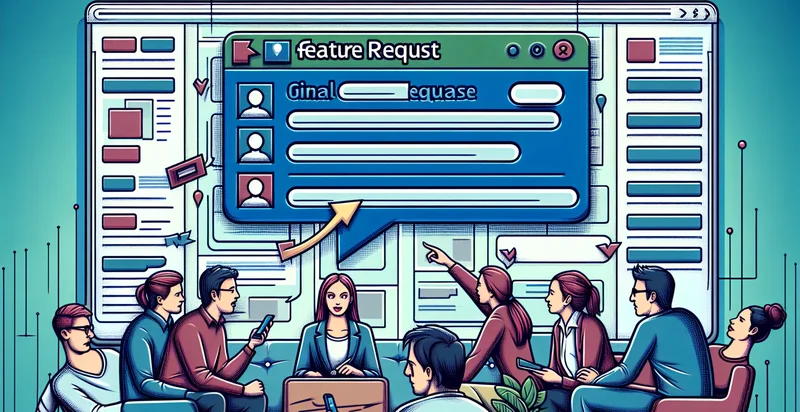Identify software feature request
using AI
Below is a free classifier to identify software feature request. Just input your text, and our AI will predict if a software feature is needed - in just seconds.

Contact us for API access
Or, use Nyckel to build highly-accurate custom classifiers in just minutes. No PhD required.
Get started
import nyckel
credentials = nyckel.Credentials("YOUR_CLIENT_ID", "YOUR_CLIENT_SECRET")
nyckel.invoke("software-feature-request", "your_text_here", credentials)
fetch('https://www.nyckel.com/v1/functions/software-feature-request/invoke', {
method: 'POST',
headers: {
'Authorization': 'Bearer ' + 'YOUR_BEARER_TOKEN',
'Content-Type': 'application/json',
},
body: JSON.stringify(
{"data": "your_text_here"}
)
})
.then(response => response.json())
.then(data => console.log(data));
curl -X POST \
-H "Content-Type: application/json" \
-H "Authorization: Bearer YOUR_BEARER_TOKEN" \
-d '{"data": "your_text_here"}' \
https://www.nyckel.com/v1/functions/software-feature-request/invoke
How this classifier works
To start, input the text that you'd like analyzed. Our AI tool will then predict if a software feature is needed.
This pretrained text model uses a Nyckel-created dataset and has 2 labels, including Feature Enhancement and New Feature.
We'll also show a confidence score (the higher the number, the more confident the AI model is around if a software feature is needed).
Whether you're just curious or building software feature request detection into your application, we hope our classifier proves helpful.
Related Classifiers
Need to identify software feature request at scale?
Get API or Zapier access to this classifier for free. It's perfect for:
- Prioritization of Feature Development: By utilizing the software feature request identifier, development teams can categorize and prioritize incoming feature requests based on urgency and frequency. This helps ensure that the most requested features are addressed first, aligning the development roadmap with customer needs.
- Automated Reporting for Stakeholders: Integration of the feature request identifier can generate automated reports summarizing customer feedback and feature requests. This enables stakeholders to easily identify trends and critical areas needing attention, facilitating informed decision-making regarding product enhancements.
- Enhanced Customer Engagement: Companies can analyze the categorized feature requests to engage customers more effectively. By addressing popular requests in newsletters or updates, businesses can demonstrate that they value customer input, thus improving overall customer satisfaction and loyalty.
- Resource Allocation Optimization: By accurately identifying and classifying software feature requests, teams can better allocate resources based on demand. This ensures that developers and project managers are focused on the most impactful tasks, improving overall productivity and time management within the organization.
- Support Ticket Analysis: The feature request identifier can be used to analyze support tickets to distinguish between actual issues and feature requests. This ensures that product and support teams collaborate effectively, addressing requests while maintaining clarity on existing issues that need resolution.
- Competitive Analysis: By monitoring and classifying feature requests received from users, companies can benchmark their offerings against competitors. Identifying trends in feature requests helps businesses stay relevant and innovative within their market by understanding customer expectations and competitive gaps.
- User Experience Improvement: The feature request identifier can assist UX/UI teams in identifying areas where users feel certain functionalities are lacking. By classifying and prioritizing these requests, teams can systematically enhance the user experience, making the software more intuitive and aligned with user needs.


